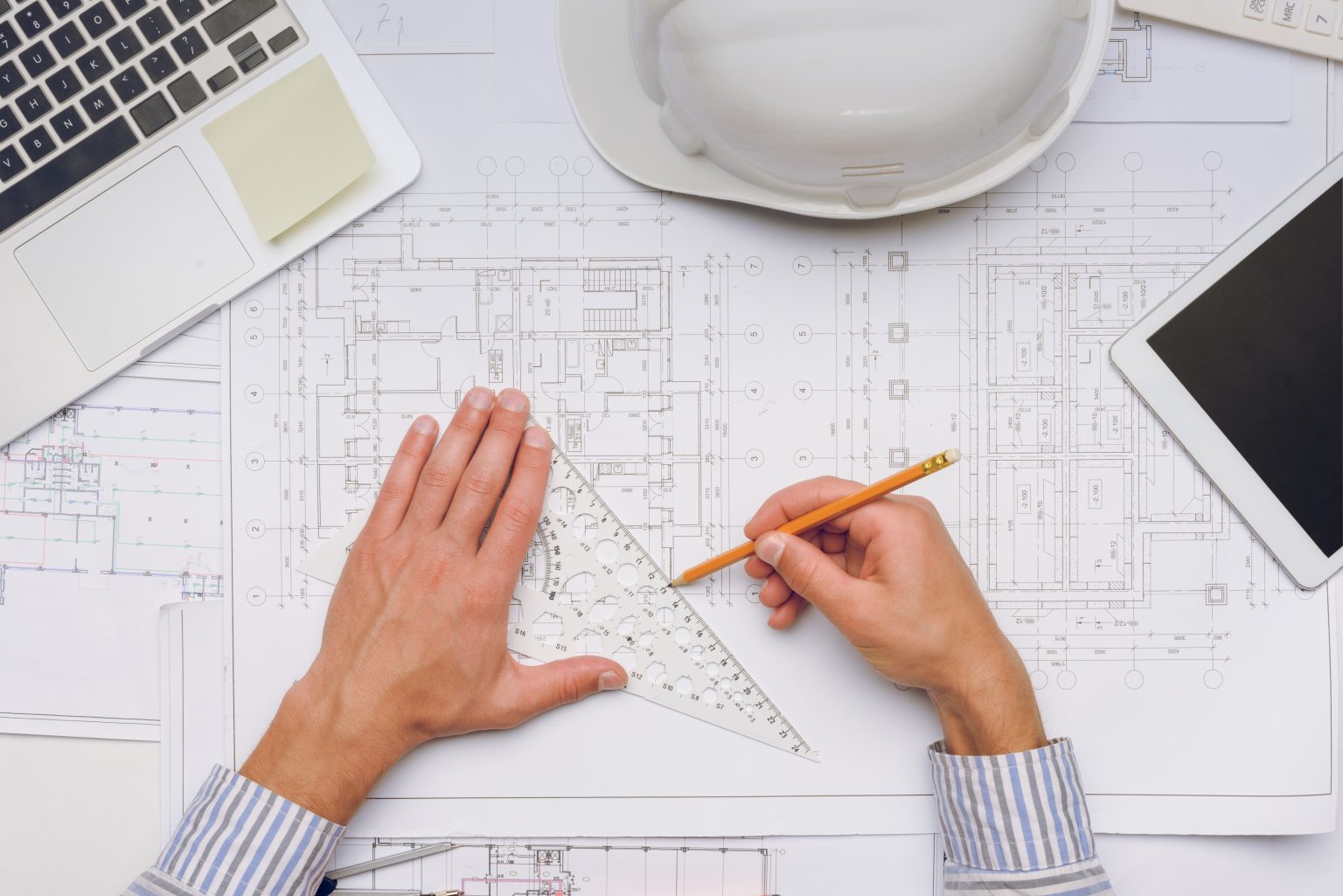
With the rise of prefabricated jail cells, correctional facility building is changing. These modular, pre-assembled pieces challenge standard construction methods with cost-efficiency, security, and speedier completion.
Prefabricated cells are manufactured in a controlled environment before they are delivered to the construction sites, unlike bricks and mortar. These components are integrated into the framework of the correctional facility. This paradigm shift addresses a variety of concerns regarding traditional construction methods.
Prefabricated prison cells are cost effective. Streamlining the manufacturing process and minimizing on-site skilled labor can control and lower costs. The controlled atmosphere of a factory and the reduced requirement for construction materials save steelcell waste and improve budgeting.
Another major benefit is time savings. Traditional construction processes are often delayed by weather, logistics, or labor shortages. Prefabrication eliminates these problems because the majority of work is performed off-site. This faster timetable helps fulfill tight deadlines and saves money.
Prefabricated cells are built with quality control and consistency. Controlled manufacturing adheres to strict specifications and standards. The jail cells' quality is consistent due to production uniformity, which is difficult with on-site construction.
In prison buildings, security is paramount. Prefabricated jail cells can include advanced security elements. The security elements are integrated seamlessly into the cell structure and design using this holistic approach.
Prefabrication is environmentally friendly and sustainable. Prefabricated jail cells can follow green building principles due to minimal material waste, transportation, and eco-friendly materials.
The prefabricated detention cells can be customized. Modular units can be tailored to fit any size or layout, as well as for security. The ability to customize the units allows for a wide range of correctional facilities needs without requiring extensive construction changes.
Prefabricated jail cells do present some obstacles. Prefabrication, generally, is seen as a solution that fits all. This may raise questions regarding its suitability for various correctional settings. Understanding prefabrication's flexibility and customization is key to changing this view.
Planning is required for logistics such as transporting prefabricated modules and integrating them with existing infrastructure or new infrastructure. Prefabrication can speed up construction, but logistical errors can cause delays and issues.
The changing focus of correctional institution design on rehabilitation and mental health requires constant innovation in prefabricated jail cell construction. These units need to adapt to changing jail policies and mental health.
Prefabricated jail cells change correctional institution building by blending efficiency, security, and adaptability. Innovation must be balanced with safety, rehabilitation, and humanity to navigate the complex landscape.
The transition to prefabricated jail cells goes beyond building. This shift in design reflects a focus on efficiency, security and humanity. Every prefabricated cell in this transforming journey shows how practicality can be balanced with justice and rehabilitation.